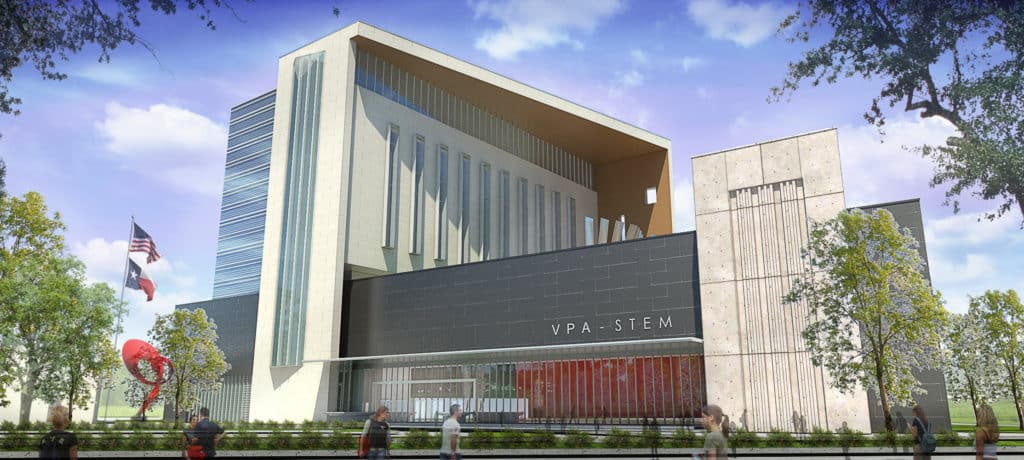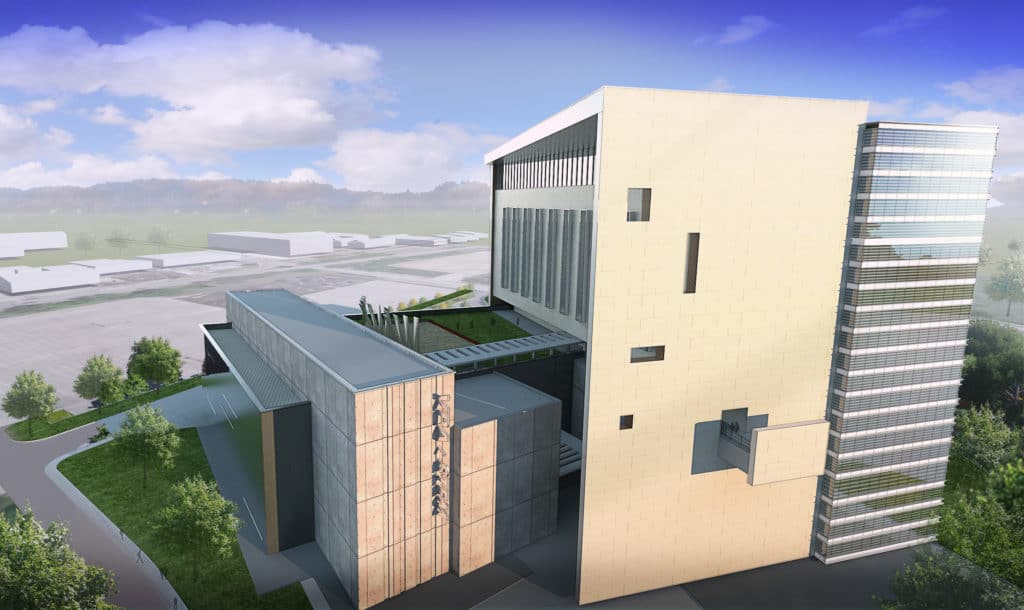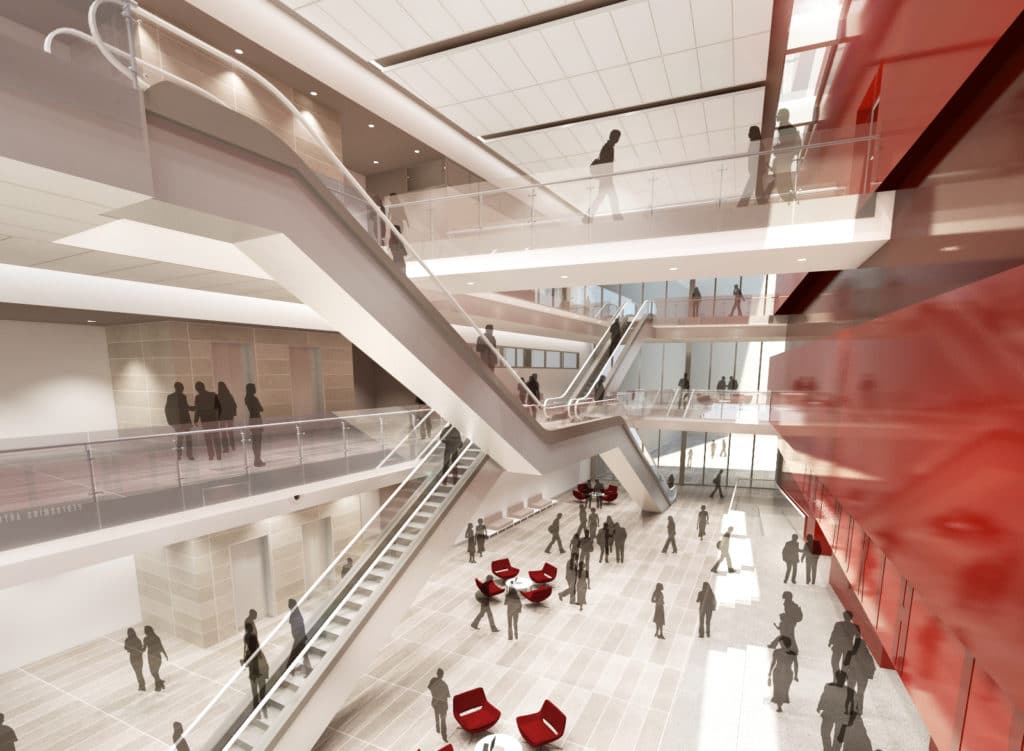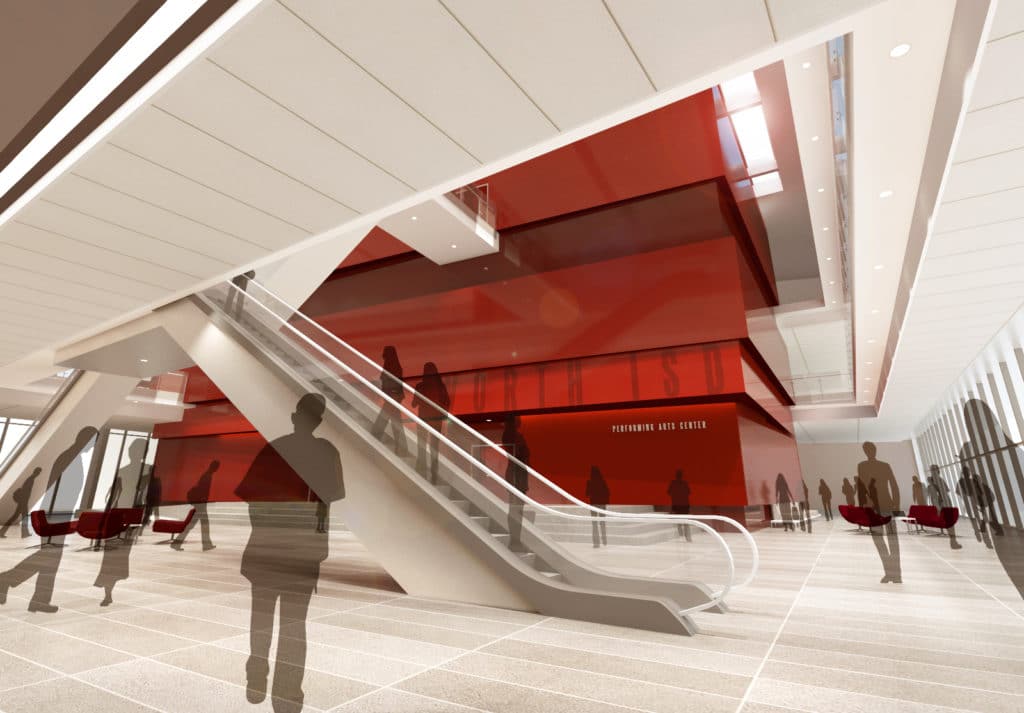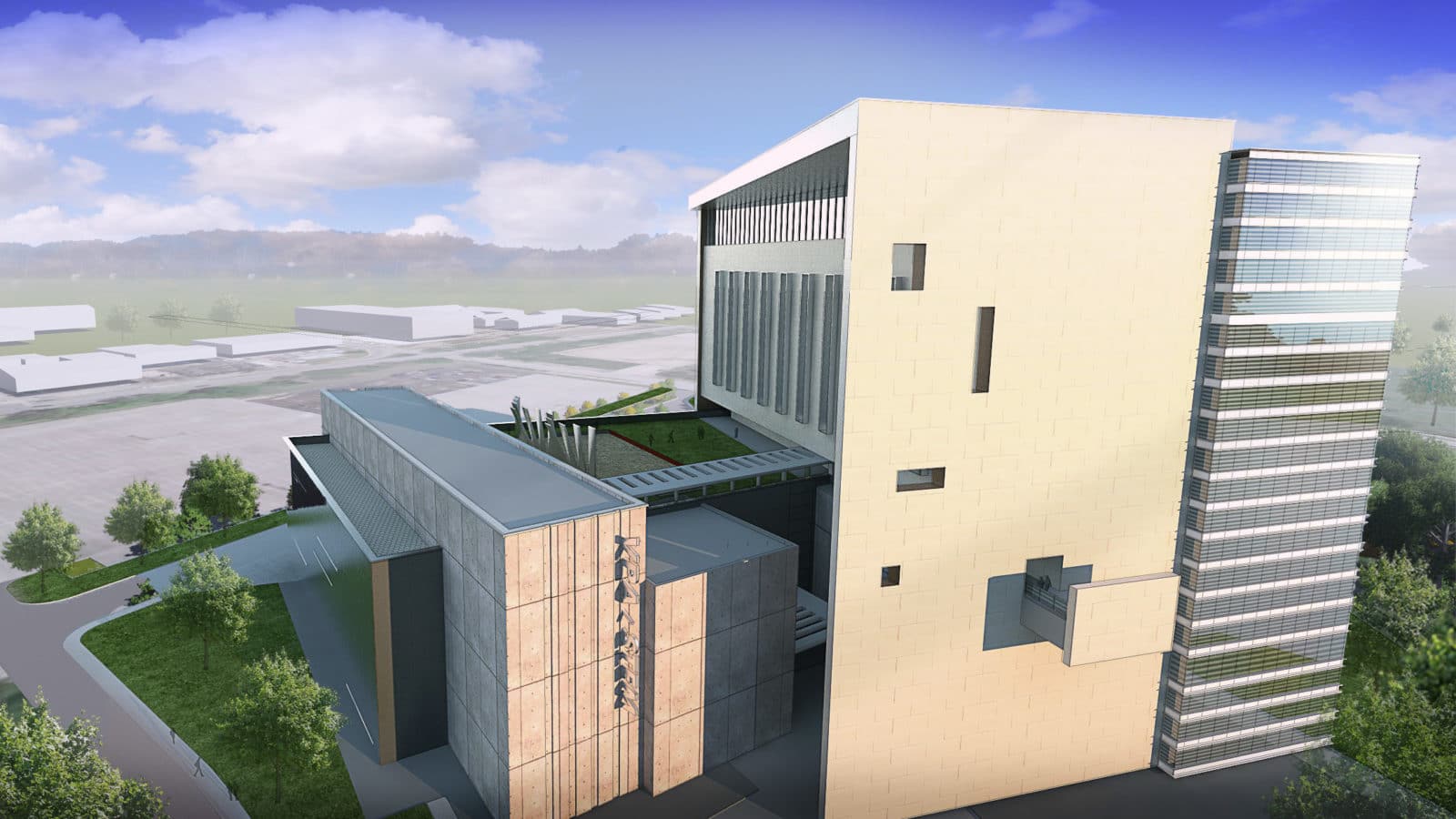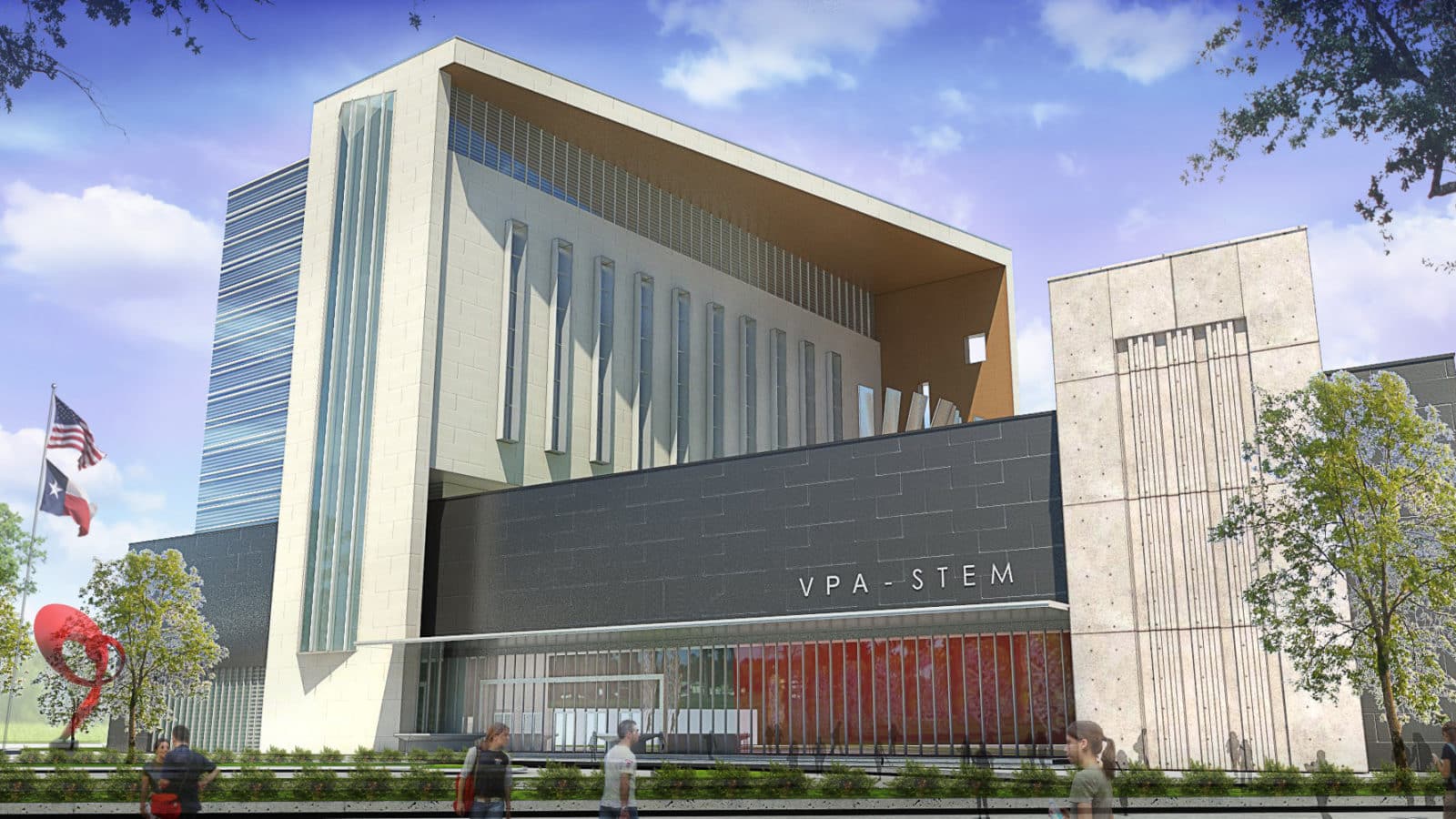- facilitate opportunities for cultural expression
- enable student and community participation in cultural activity
- provide support for arts and cultural activity
Technology
Modern Visual and Performing Art Centers are wired and programmed with Next Generation technologies that provide enhanced sound and light capabilities, and better overall control and integration systems — all geared towards multi-purpose venues. The visual and audio effects projected during a performance are the same technologies for movie screens, which are now expected by spectators in live venues — whether for performing arts theaters, convention halls and/or meeting spaces. Design of the Center’s acoustics, AV and theatrical lighting systems require assessment of a host of leading-edge technologies. Theatrical systems are controlled by sophisticated software packages that allow the user to operate various systems by pointing and clicking on computer screens at any number of locations.
The Community’s “Center”
Performing arts centers have begun to carve-out a broader role in the community’s fabric. They are interlocutors, meeting places and a nexus of civic activity and discourse. They now designed as multi-purpose facilities that host an array of activities that facilitate community access — serving children and families and bringing diverse communities together. As a beckon to the surrounding community, Visual and Performing Art Centers foster education programs; even conservatories, which are brought together in a holistic program of performance, training, residencies, professional development and early learning initiatives. Visual and Performing Arts Centers offer school-time performances, master classes, pre- (and post) performance discussions, talent searches, scholarships, summer musical theater camps and more.
